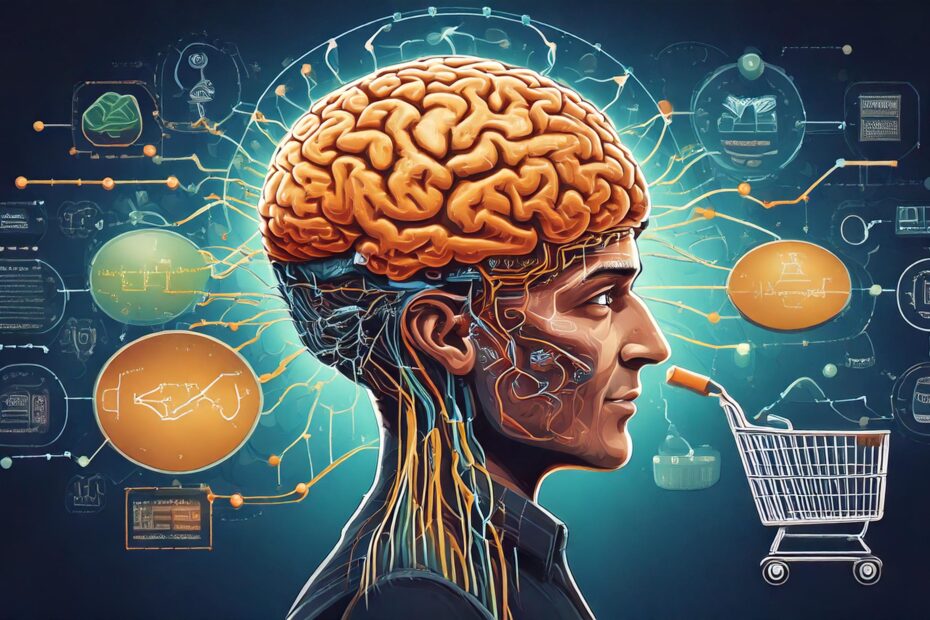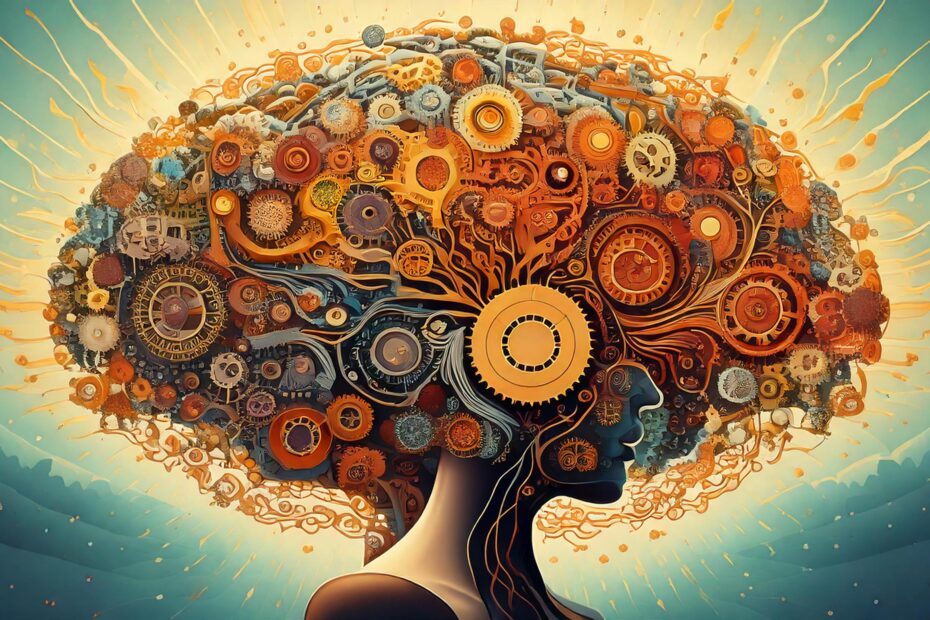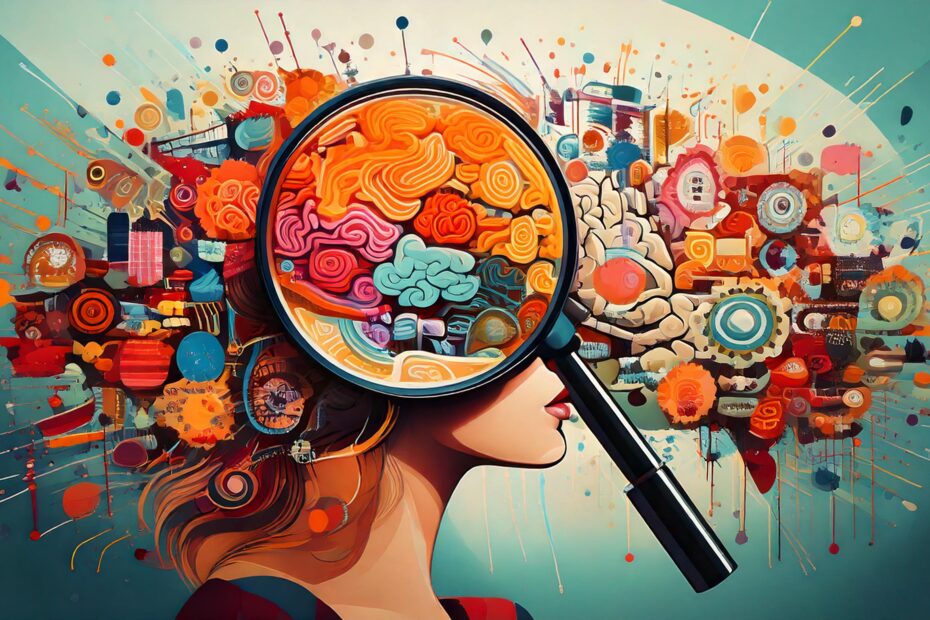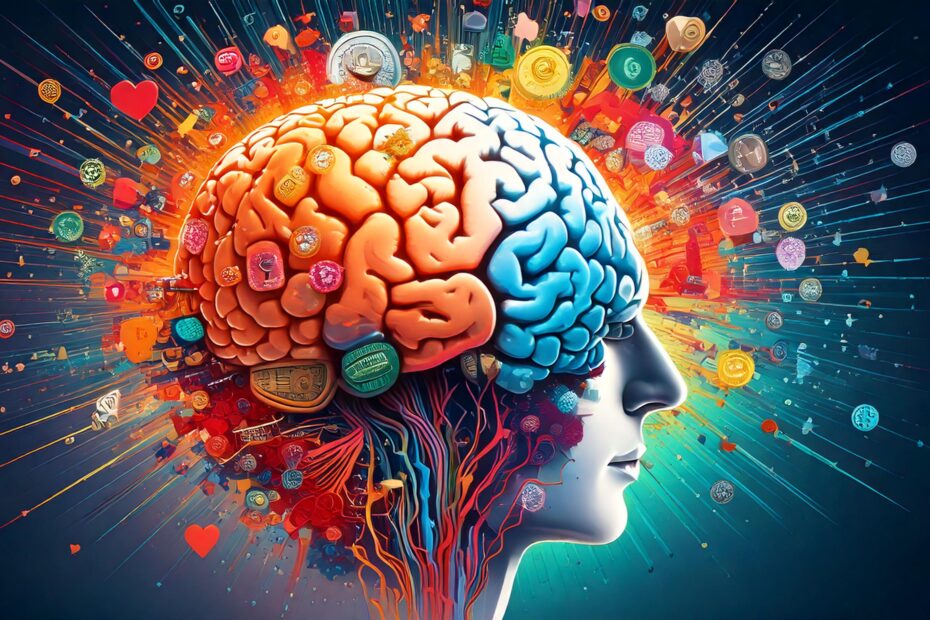Heuristics in Decision-Making: The Mental Shortcuts
Every day, we make thousands of decisions — some conscious, others automatic. Many of these choices are guided by mental shortcuts, known as heuristics. These cognitive shortcuts help us process information quickly, but they can also lead to biases and errors. Understanding heuristics is essential for marketers, as they shape consumer behavior, decision-making, and brand perception.








